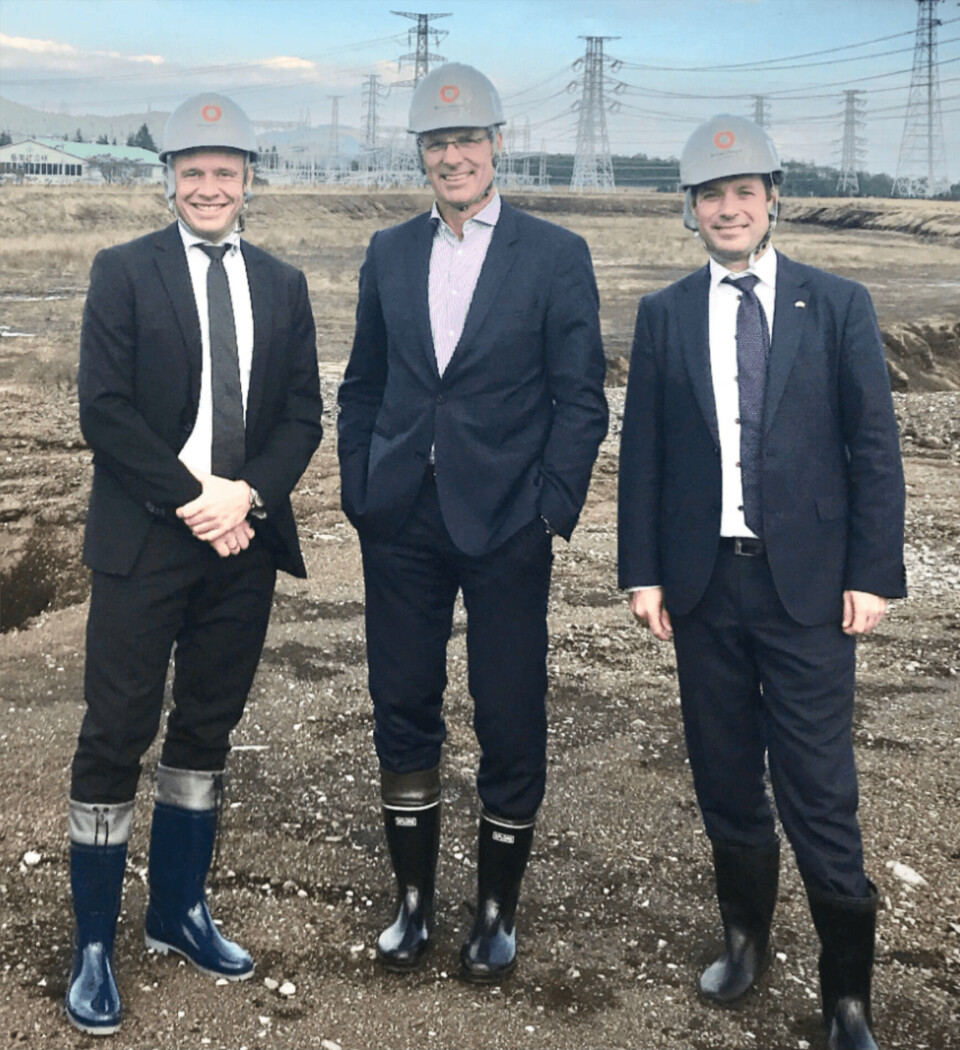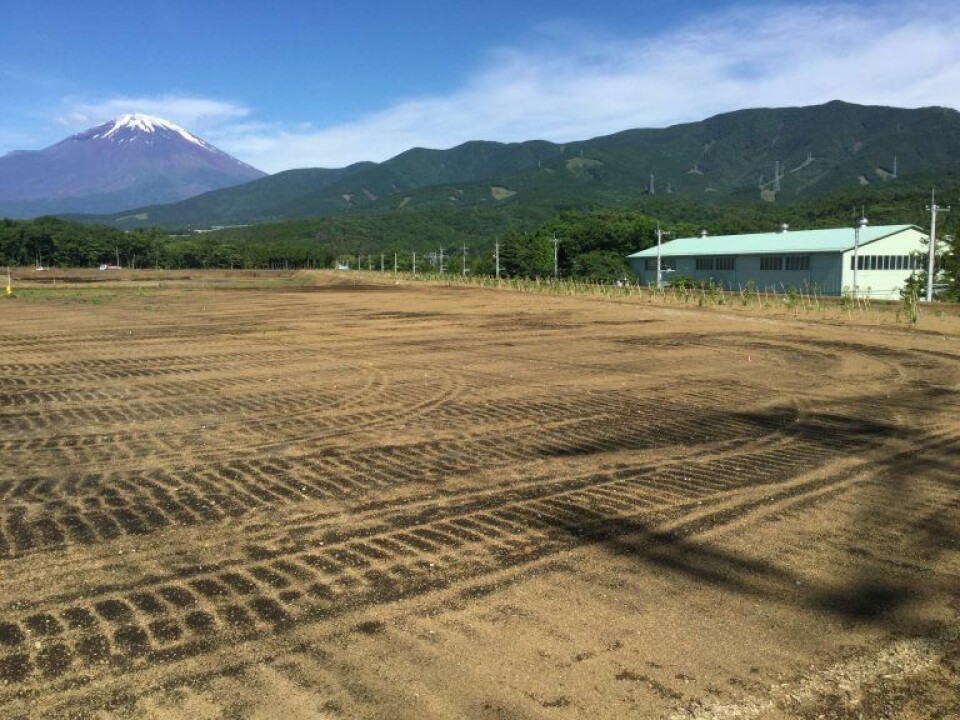
Freshness will make us big in Japan, says Proximar chief
At the foot of Mount Fuji, and a short way to Tokyo, Proximar Seafood will produce land-based salmon for highly quality-conscious Japanese.
The Norwegian company recently raised NOK 400 million (£34.4m) in fresh capital for its project in a private placement that aroused very strong interest from Norwegian, Nordic and international investors and companies, and was more than ten times oversubscribed.
Proximar Seafood chief executive, Joachim Nielsen, talked to Fish Farming Expert’s Norwegian sister site, Kyst.no, about the plans and explained that they emerged from a pilot project in the early 2000s.

Saving costs and the planet
“My co-founder Espen Aubert did a project in Japan at the time, and the premise was the same as today, namely saving on transport costs,” said Nielsen.
“The transport cost is significant for salmon that come from Norway to Japan by air freight, so both that, as well as the estimated saving of 57,000 tonnes of CO₂ per year, means that we have chosen to start with land-based farming there. In addition, there is a large domestic market with 126 million people consisting of people who eat a lot of fish and salmon.”
Nielsen also points out that Japan is a very stable and regulated society.
“It is an OECD (Organisation for Economic Co-operation and Development) country and has the third largest economy. In addition, it is a structured and orderly society, and they perform very well on the corruption index over countries in Asia.”
Shares start trading this week
The Proximar boss said the company still has a remaining capital need beyond the NOK 400 million from the private placement.
“We reached the goal of what we planned to collect, and then we’ll work with banking and financing as part of the overall plan. This week we are also going public, and the first trading day on Euronext Growth will be on February 3,” he said.
Nutreco, which owns Skretting, has bought shares in the company, so that it can become a good industrial partner for Proximar Seafood. The Grieg family – majority owners of Grieg Seafood - is also represented, by Per Grieg and Thomas Grieg on the Proximar board. They bought 1.4 million shares for NOK 22.9 million.
“It has been important for us to have an industrial base, both with the Grieg family, but also now with Nutreco. In addition, we have many quality investors from both Norway and abroad,” said Nielsen.

Water from 100m deep
The land-based fish farm that Proximar Seafood will build in Japan will have a very exclusive location, at the foot of the famous Fuji. The recirculating aquaculture system will be delivered by the Israeli company AquaMaof. Proximar has worked closely with the supplier, and its directors are confident that they have chosen the right solutions for their facility.
“There will be a RAS facility where we will use fresh water from a depth of 100 metres near the mountain. We will get the eggs from Benchmark Iceland (formerly StofnFiskur),” said Nielsen.
The intention is to harvest fish at around five kilos.
5,300 tonnes to start
“Our plan is that we will be able to both harvest the fish and have it delivered to the markets during the morning. Initially, we envisage delivering to the whole of Japan, but with 38 million people in Tokyo, it is not certain that we need to go that far beyond this.”
As the company name suggests, the advantage of Proximar is its proximity to market, around 90 minutes away from Tokyo and Yokohama.
At full capacity in the first plant, the company is scheduled to produce 5,300 tonnes (head on gutted). The company then plans to expand as it starts with the first phase of operations.
“We envisage having the first harvest of salmon in the second quarter of 2024. The plant will be completed in 2023,” said Nielsen.
Feed from Skretting
The fish feed for Proximar Seafood will be delivered by Skretting, which also has a factory in Japan.
Asked if Proximar had considered producing species other than salmon as well, Nielsen replied: “We have chosen to focus on salmon, as this is a product with international reference, in relation to pricing and market.”
The company started searching for a site in 2015 and looked around all of Japan before opting for the site at Mount Fuji.
“The water quality is very high, and the marketing potential with the Fuji mountain in the background is very large,” said Nielsen.
Higher price
“We have long worked with players in the industry in Japan, and we have high expectations that our salmon will be well received by the market. The fact that the fish is fresh daily is something that the Japanese value very highly. The Japanese are willing to pay a higher price for a high-quality product.”
Proximar estimates a production cost of NOK 45 per kilo for phase 1. In the next phase, the costs will be reduced to NOK 40 per kilo.
Nielsen concludes that Proximar wants to eventually expand further in Japan, and plans more land-based facilities.























































